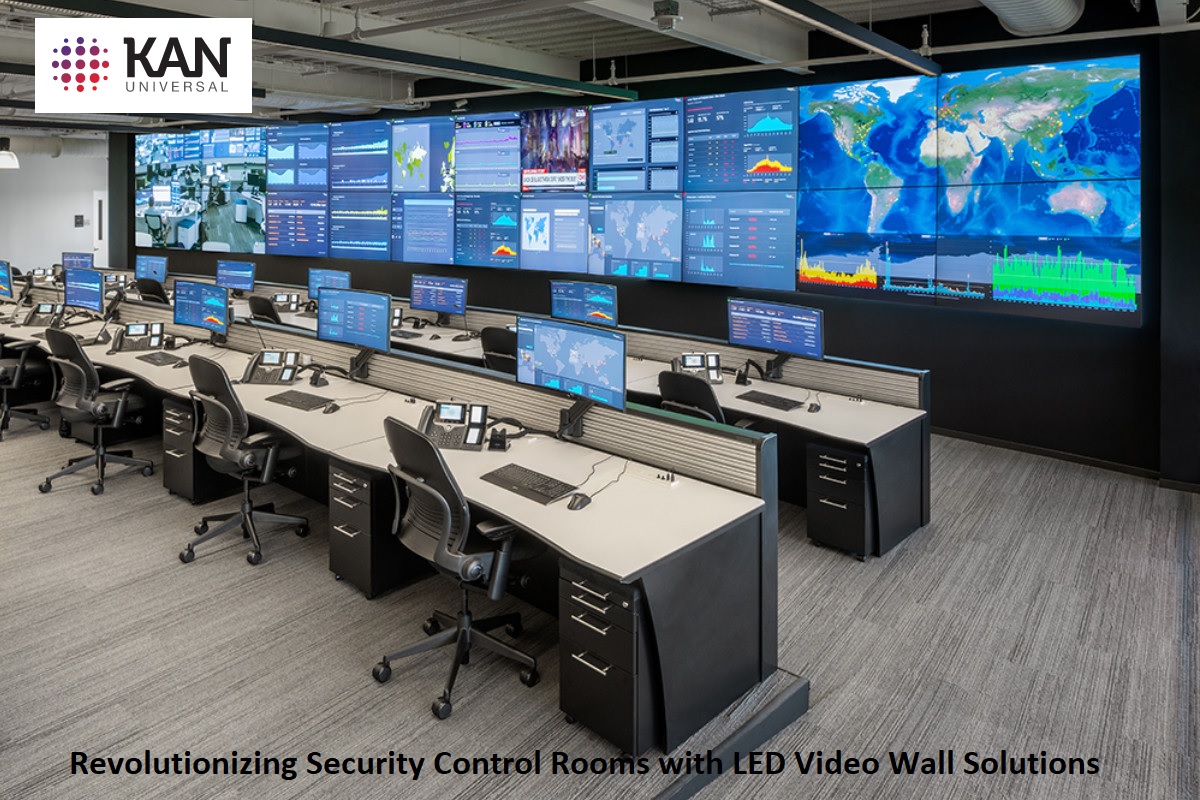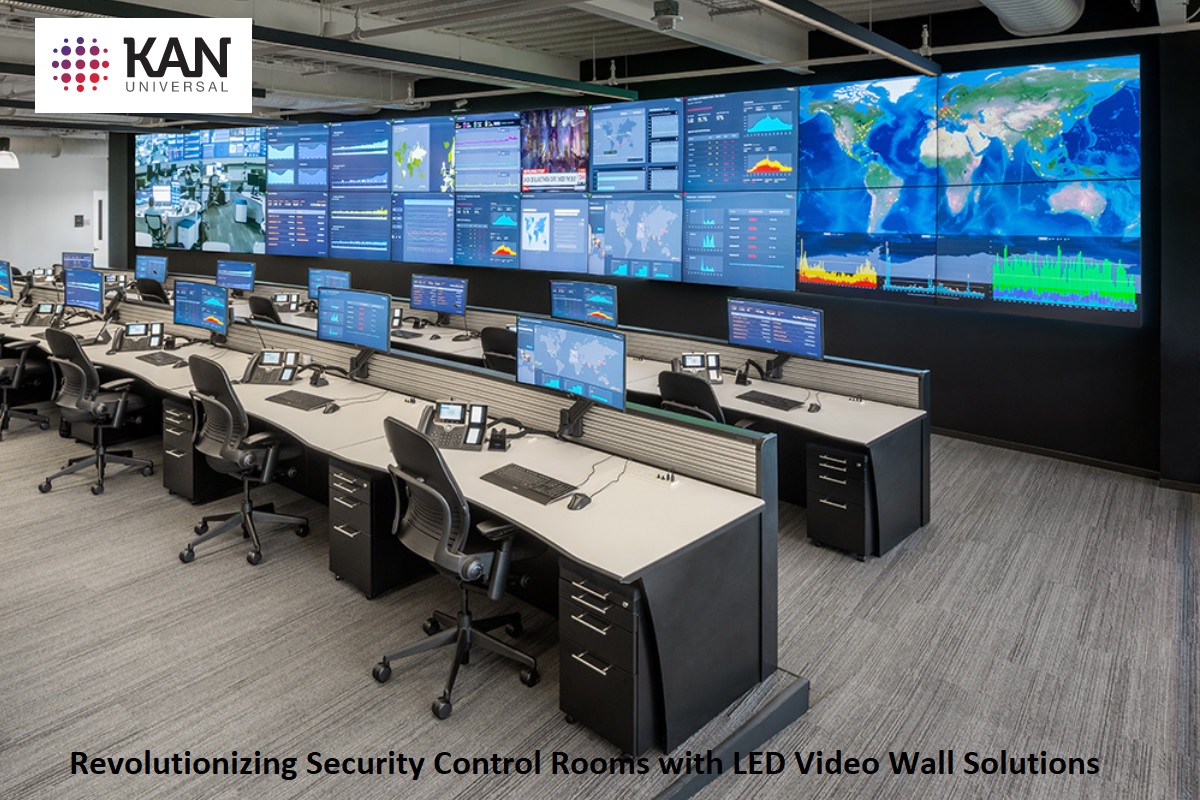In today's digital era, visual communication plays a crucial role in captivating audiences and conveying information effectively. LED display screens have emerged as a revolutionary technology that has transformed the way we experience visuals. From large outdoor billboards to indoor advertising displays, LED screens have become a ubiquitous presence in our daily lives. This article explores the evolution of LED display screens, their versatility, and their impact on various industries.
The Advantages of LED Display Screens:
LED (Light Emitting Diode) display screens offer a multitude of advantages over traditional display technologies. Here are some key benefits:
Superior Image Quality: LED screens deliver vibrant, high-resolution visuals with exceptional color accuracy and contrast, ensuring a captivating visual experience.
Energy Efficiency: LED technology consumes significantly less power compared to conventional display systems, making it more environmentally friendly and cost-effective in the long run.
Flexibility and Customization: LED screens can be tailored to various shapes, sizes, and configurations, allowing for creative and dynamic displays that fit any environment or application.
Durability and Longevity: LED display screens are built to withstand various weather conditions and have a longer lifespan than other display technologies, ensuring reliable performance and minimal maintenance.
Seamless Integration: LED screens can be seamlessly integrated with other technologies, such as sensors and software, to create interactive and engaging experiences for users.
Applications of LED Display Screens:
LED display screens have found applications across diverse industries, transforming the way information is presented and consumed. Here are a few notable applications:
Advertising and Marketing: LED screens have revolutionized the advertising industry, offering dynamic and eye-catching displays that grab attention and enhance brand visibility. From digital billboards in bustling city centers to LED video walls in shopping malls, LED screens enable impactful and engaging advertising campaigns.
Entertainment and Events: LED screens have become an integral part of concerts, sports events, and live performances, creating immersive visual backdrops and enhancing the overall spectator experience. LED screens allow for real-time content updates, live video feeds, and stunning visual effects, captivating audiences like never before.
Retail and Hospitality: In the retail and hospitality sectors, LED screens are used to create immersive shopping experiences, promote products, and provide information to customers. LED video walls and digital signage displays enable captivating product showcases, interactive menus, and engaging brand storytelling.
Control Rooms and Command Centers: LED display screens find applications in control rooms and command centers, providing real-time monitoring and displaying critical information. Their high-resolution and large format make them ideal for monitoring multiple data sources simultaneously.
Education and Corporate Environments: LED screens are increasingly being adopted in classrooms, boardrooms, and conference rooms. They enable impactful presentations, interactive learning experiences, and seamless collaboration among participants.
LED display screens have revolutionized visual communication, offering superior image quality, energy efficiency, and versatility. Their applications span across industries, enhancing advertising campaigns, entertainment experiences, retail environments, control rooms, and educational settings. As technology continues to advance, we can expect further innovations in LED screen technology, such as increased flexibility, higher resolutions, and interactive capabilities. The ever-evolving world of LED display screens continues to shape our visual experiences, captivating audiences and revolutionizing the way information is presented and consumed.
For More Info:-






Comments